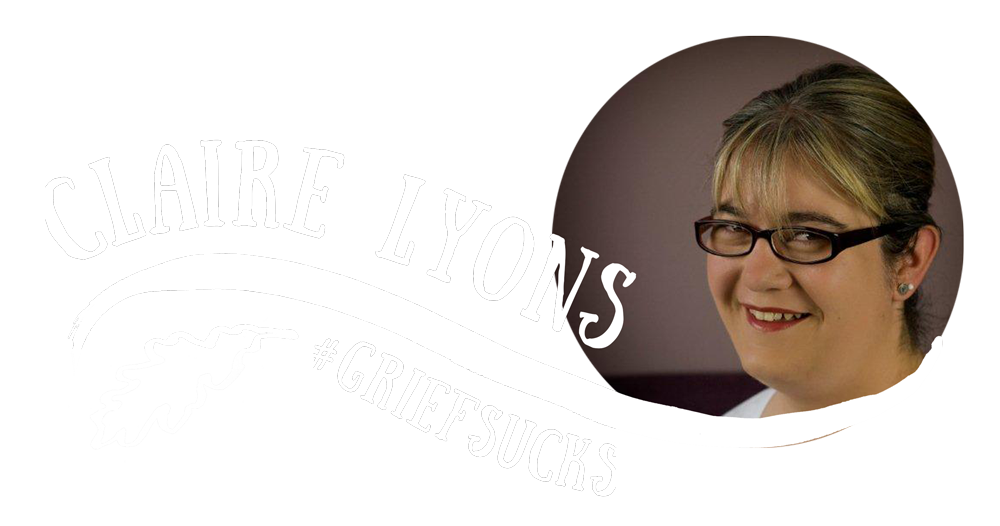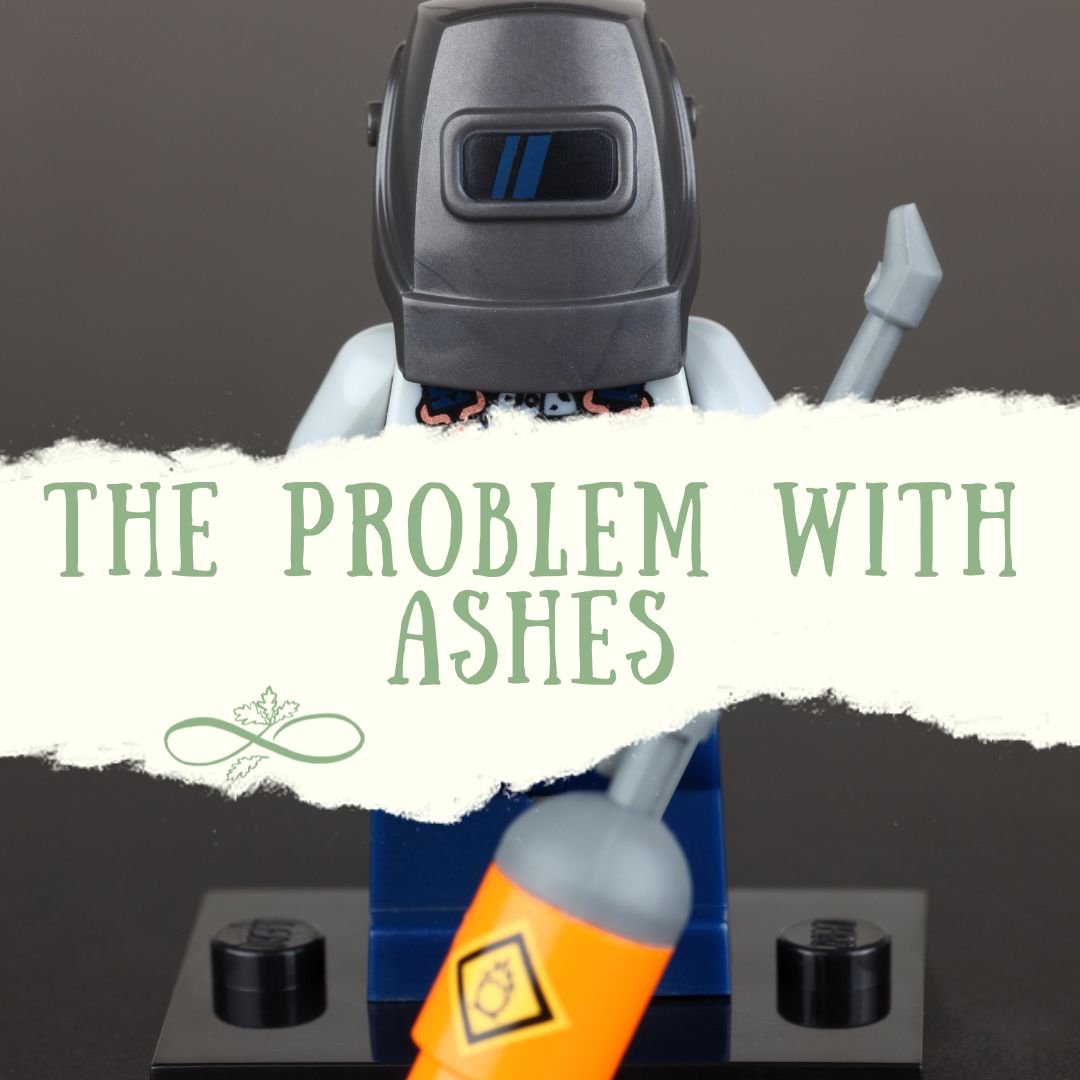I always considered myself a ‘green’ person. I actually do hug trees when the opportunity arises… However, I had never really thought very hard about the impact of death on the environment, I mean why would anyone think about that? The problem with ashes is well known, at least if you ask the rigth people…
Learning Curve
My knowledge in the last three years has therefore been a curve of epic proportions. My surface expectation that planting a tree was a nice gesture, was quickly blown out of the water as I discovered more and more problematic issues.
By my forties, I had been to a LOT of funerals, more than is really OK. They had been a mix of burials and cremations, but aligning with the national average, probably 80% ended in cremation. I’m not sure what happened with those remains after the public part of the funeral.
Last week I wrote a piece on the reality of cremated remains, and what they do to the earth if buried or scattered, for one of my clients. It’s not good news.
With their permission, I’m also going to share the ‘news’ on here. It’s important and it’s actually a really easy fix. A product exists that can change the impact from a negative to a positive. At first it made me feel guilty, that I would be telling people they had done things ‘wrong’ in the past, but then the voice of Maya Angelou reassured me that it’s OK – ‘when you know better, you do better’.
The Truth About Ashes
Cremated remains are not ash, they are sterilised bone, more like fossils. When we think of them in this more honest, but less pleasant way, their impact on the soil, water or plants and wildlife seems so obvious.
When we bury or scatter cremated remains, they have a lasting impact on that area, and it’s not a good one. You may have wondered why you can no longer scatter ashes over football grounds or historic sites and places of outstanding beauty like Ben Nevis? Or why crematoriums replace their flower beds so often?
“If it enriched the soil we wouldn’t mind so much…”
Louise West, Jane Austen’s House Museum
This information is not generally passed on to families when they are making decisions about their loved ones. Many of us would have liked to know. Being more informed, allows us all to make better choices for our own mental wellbeing, and for the planet.
Second Bereavement
My main concern is the likely hood that people planting a tree will have to watch that plant die.
“Planting with cremains results in deficiency symptoms almost immediately. Stem rot and root rot are prevalent and typically lead to sudden death. The plant looks fine and then within days is dying. Once that process begins it is irreversible and the plant will die. “
Sherry Yarkosky – Soil Specialist
I couldn’t even have cut flowers, seeing such beautiful parts of nature dying was too much. I can’t imagine how I would have dealt with a purposefully planted memorial keeling over.
Once I know about this type of thing, I find I can’t keep it to myself. I have to share. Overshare possibly, but I don’t want your plant to die. I don’t want people to experience that second bereavement, when they are probably still dealing with the harsh reality of the original grief.
Why?
- The problem with ashes come from the toxicity within cremated remains from their very high pH and extremely high levels of sodium (Na).
- When cremated remains come into contact with water the negative processes are even worse.
- Cremation ashes contaminate areas beyond where they are placed – imagine a drop of water on tissue and how it spreads…
- Cremated remains don’t degrade and become part of the soil, they stay in the ground for many decades, continuing to contaminate the surrounding area.
- They calculate soil degradation in England and Wales to cost £1.2 billion every year.
So What Now?
While agreeing the practicalities of burying our son in the woodland, they made it clear that a specialist soil would be added which supported mother nature in the process of decomposition. I didn’t ask for the details.
I’ve since found out much more about this RTN Soil, and how it works. It’s rather magical when you are able to step back from the immediacy of its need. They have made it available for individuals to use for an internment of a person or a pet (or both together) via Living Memorial.
I’m proud to have them as one of my clients, and to share their message. It fits with my passion for the planet, and also my desire to support people to feel empowered and informed about the decisions they make after the death of a loved one.
The problem with ashes are real, but the solutions are already available.

